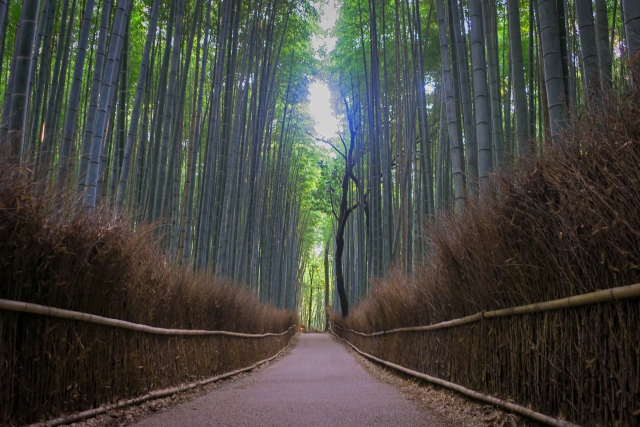What do you look at when you want to practice a song on your instrument?
I think most people practice by looking at music notation, including “stave notation”.
By transcribing a piece of music and keeping it in notation, you can play it over and over again, even if it was written in the past.
In Japan, however, there was a method of transmission other than “transcribing on sheet music.
This method is called “shoga.
Shoga” refers to a method of memorizing melodies using onomatopoeic words.
Especially representative is “kuchijamisen,” which is the “shoga” of shamisen.
The sound made by fingering the thinnest “san no ito” is “chin.
Plucking the open string of the second thickest “ni no ito” is “ton.
Plucking more than one string at a time is “shan.
These onomatopoeic words may seem like incantations, but they can convey tone, rhythm, and pitch.
By maintaining the atmosphere of this “shoga” and reproducing it on the instrument, it is possible to convey exquisite nuance.
In addition to the shamisen, there are other Japanese musical instruments that are handed down through the use of the “shoga.
It can be said that the “shoga” is one of the reasons why the uniqueness of traditional Japanese music has been preserved.



Leave a review